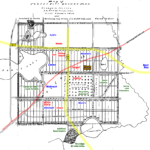Since its namesake hotel burnt in 1954, sprawling Altamonte Springs had no real center. So it created one… from a swamp.
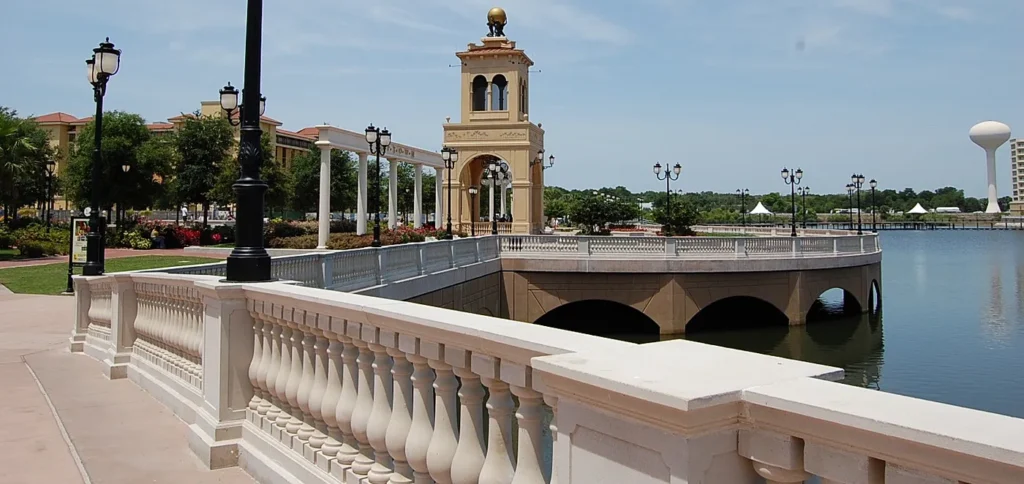
Crane’s Roost Park is the crown jewel of Altamonte Springs. This elegant respite from suburbia is popular with joggers, families, residents, and shoppers alike. The well-manicured promenade features walkways, boardwalks, an amphitheater, seating areas, apartment living, shopping, dining, recreation, holiday festivities, and is the local gathering place.
It also hosts many dozens of events throughout the year. In fact, its largest, Red Hot and Boom, draws over 100,000 people each year to watch the July 4th fireworks show and free concerts from popular artists.
But it hasn’t always been this way.
Not too long ago, this picturesque pride of the Uptown Altamonte district was quite literally a hole. The section, known for well over a century as “Crane’s Roost” (named for the Sandhill Cranes that resided there), is one of the lowest-lying areas in Altamonte Springs. Area waterways such as lakes Florida and Adelaide overflow into its natural basin.
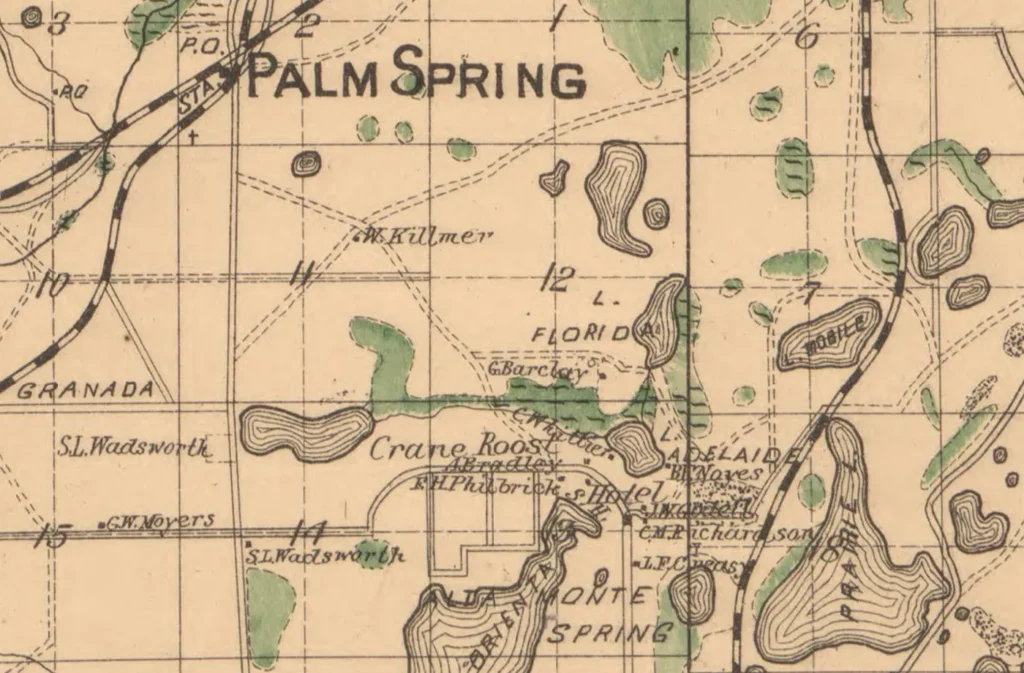
When nature was unaltered, it wasn’t as bad; however, once pavement replaced permeable ground, things worsened. From the 1950s through the 80s, residents, businesses, and a small schoolhouse in the vicinity frequently found themselves in calf or even waist-deep water — especially when Hurricane Donna went through in 1960.
However, even in dry spells, today’s beloved park was a junky-looking bog where locals found it convenient to dump trash. The blighted wetlands were anything but a place the fledgling town wanted to be known for. The lake itself became a “borrow pit, ” meaning tractors would dredge dirt from its banks when it needed fill for developments in the area.
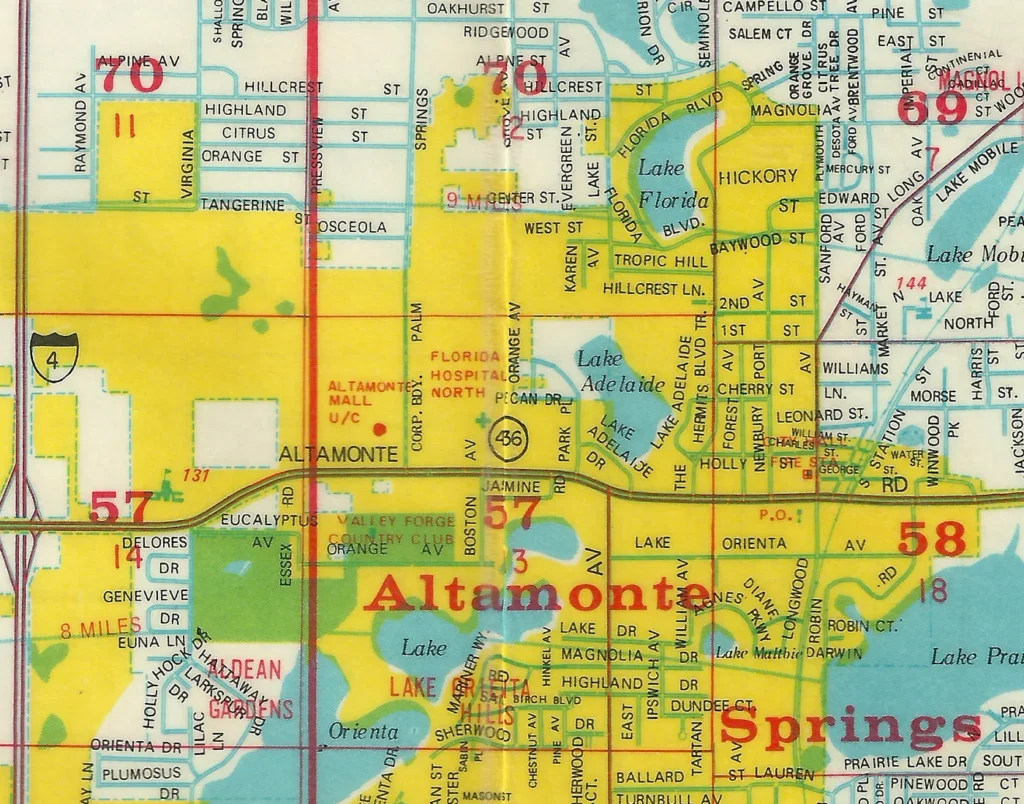
With the construction of the Altamonte Mall to its immediate east in 1974, things slowly began to change. At that time, the city lacked a town center to give it a sense of identity. Since the Altamonte Hotel burned down in 1954, the closest thing it had was the city buildings around Newburyport Avenue.
City managers began to envision something better. Plans accelerated in the 1980s and public surveys indicated locals most saw the developing commercial district around the mall as the city’s “downtown.” But before it could be turned into anything usable, they first had to take care of the city’s drainage problem.
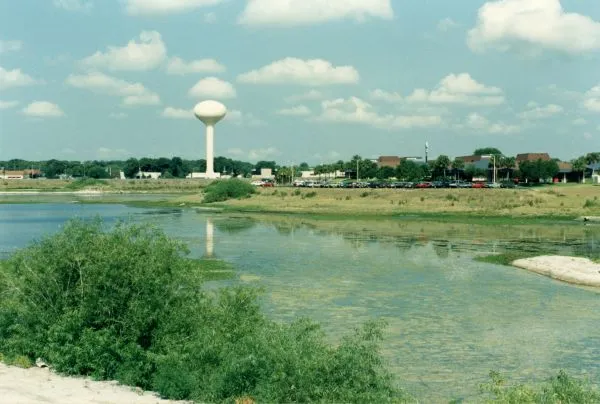
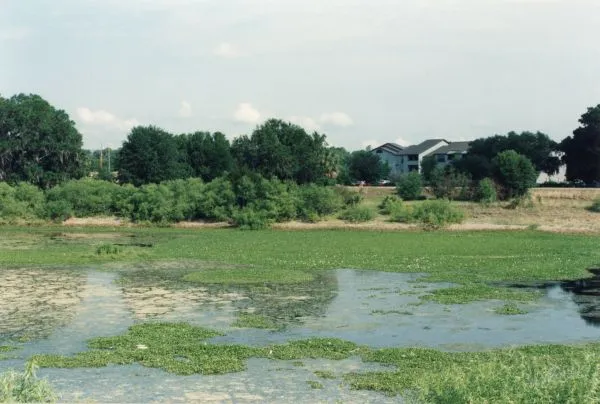
That effort in and of itself was an engineering marvel and deserves an article of its own, so we’ll skim over it a bit.
Over time, millions of yards of dirt were dredged from the Crane’s Roost bayou and the more upland lakes. Pumping stations and drainage pipes were installed to push water under I-4 and toward the Wekiva River watershed. Eventually, Crane’s Roost itself was turned into a reservoir for the city’s highly regarded reclaimed water project.
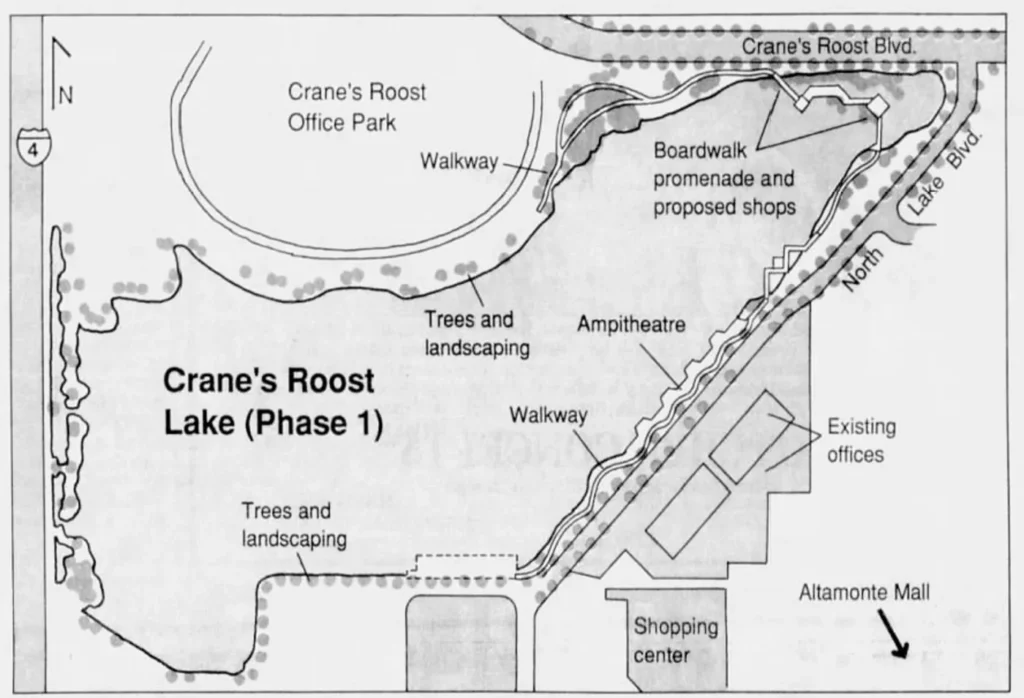
In 1991 ground was broken on what the city pledged would become its answer to Orlando’s Lake Eola. City planners wanted to create a central hub where people could live, work, shop, and be entertained. The 1375-acre multi-phased project, including city initiatives and corporate partners’ commercial projects, would take well over a decade to complete. And to some degree, the master plan is still a work in progress 25 years later.
In short order, apartments were constructed to the north, paths rimmed the newly-crafted lake, roads were re-routed, new shopping complexes were built to the south and east, and office buildings were added along its shores. In the early 90s, Central Parkway was constructed to bypass I-4 to connect Palm Springs Boulevard to Douglas and Montgomery on the west side.
It wouldn’t be until the 2000s that the now highly recognizable Uptown Altamonte complex was constructed on the south side, bordering 436. Additional Emerson apartments and offices went in that decade, and the infamous Majesty Building began construction in 2001.
One of the most remarkable things engineers successfully navigated was dealing with what they called the “bathtub ring” of Crane’s Roost Lake. The whole area is still an active floodplain, so the lake’s water level can vary up to twelve feet! So how do you keep the town’s focal point looking attractive during dry periods when the depth drops precipitously?
They carefully devised a plan whereby different levels would be exposed as the level rose and fell. Tiers were created so that at its highest level, the water would reach its landscaped edge. As the water level fell, it would reveal a carefully placed layer of rocky shoreline. A submerged shelf of aquatic plants is revealed at its third and lowest level.
Viola! Nature has been tamed and the park maintains its manicured look through all seasons!
Today, let’s be honest, Altamonte Springs is the envy of the county primarily for Crane’s Roost. Other cities in the county are trying to adapt by creating their own well-defined city centers. It is indeed a lovely place to grab lunch, spend an evening, or pass the weekend. So kudos to the forward thinkers of Altamonte for creating an urban paradise out of a sloppy mess!



